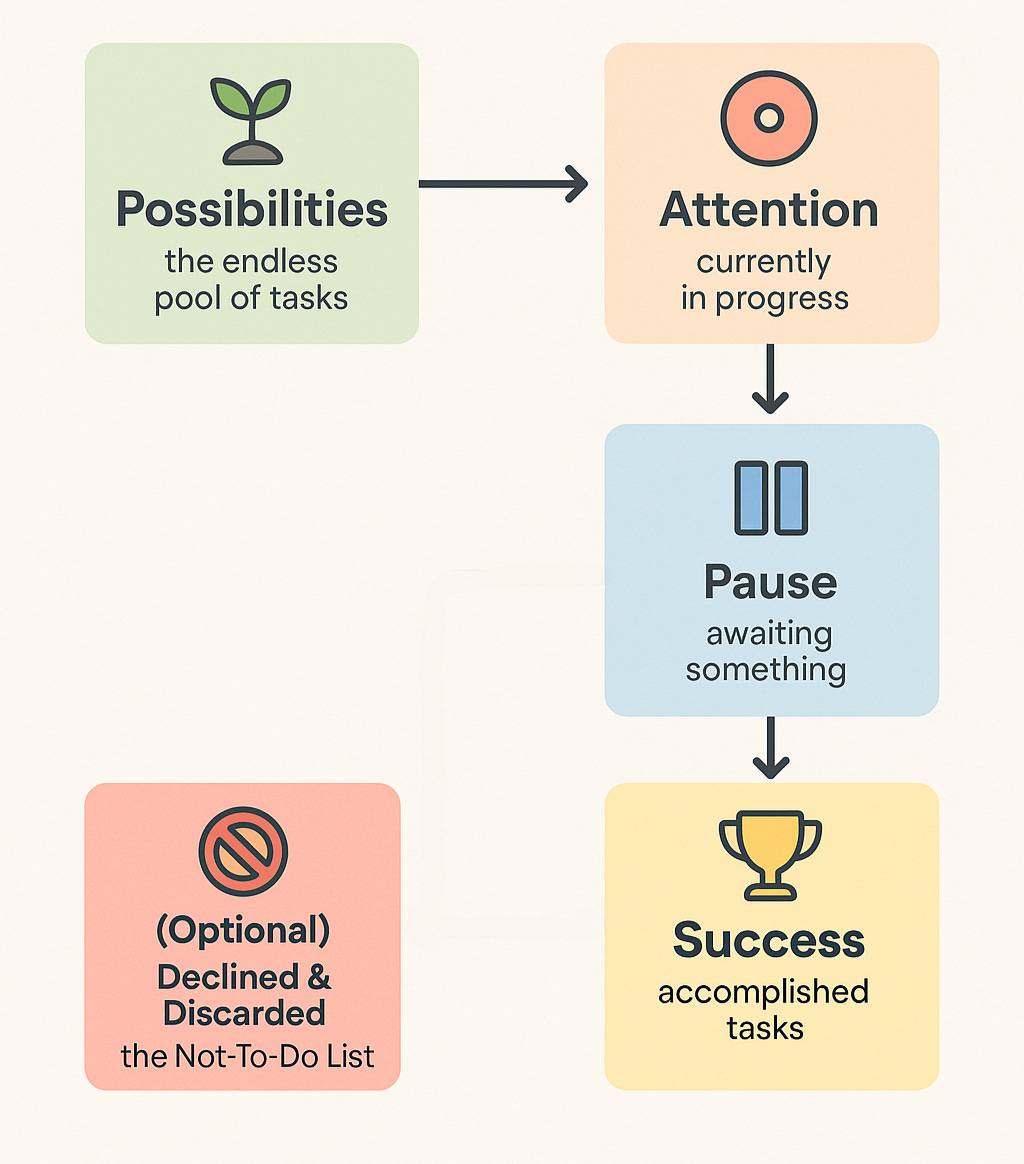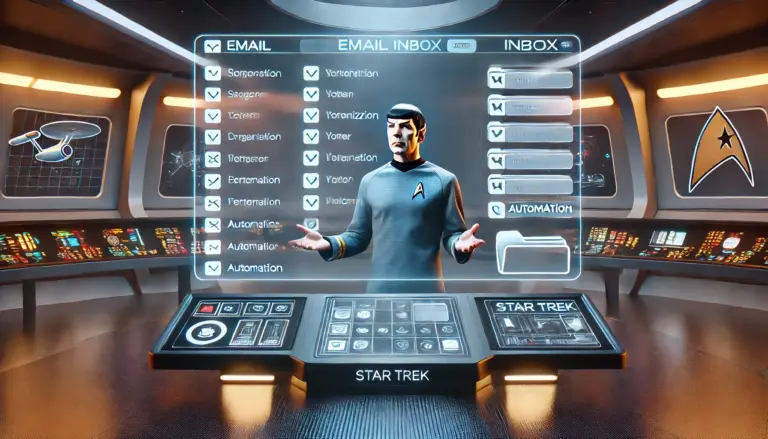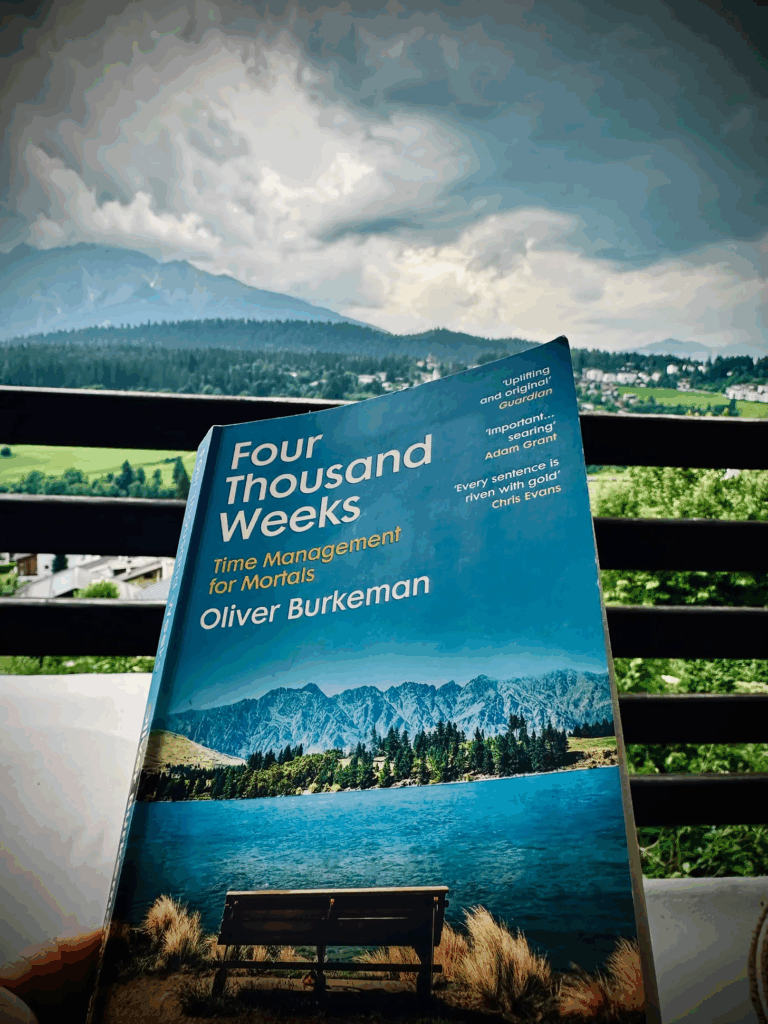For decades, the to-do list has been our go-to productivity tool. We jot down everything we need to do, from the tiniest errands to our biggest projects, and hope that by crossing things off, we’ll feel accomplished. But if we’re being honest, that system doesn’t always work. Most of us end up staring at an overwhelming list of tasks, feeling like we’re always behind and never really done.
What if the problem isn’t our productivity skills, but the structure of the list itself?
A single to-do list treats everything as equally important and urgent, which makes it nearly impossible to focus on what truly matters. Instead of motivating us, it often breeds guilt and stress.
The good news is, there’s another way. Instead of one endless list, imagine splitting your tasks into four simple lists (with an optional fifth). These lists don’t just help you organize your work – they help you relax, breathe, and even celebrate progress.
Let’s break them down.

1. The Possibilities List 🌱
Think of this as your “everything bucket.” It’s not about today, tomorrow, or even next week. It’s about capturing every idea, every task, and every “maybe someday” project in one safe place. By writing it down, you free your mind from having to remember it all.
Unlike a traditional to-do list, the Possibilities List doesn’t put pressure on you. It’s not a demand; it’s a library of options. That’s powerful, because your brain is great at generating ideas but terrible at storing them. By having a trusted system, you make space for clearer thinking and sharper focus.
This list might include things like “learn Italian”, “organize old photos”, or “launch a side business.” It could also have practical reminders such as “buy new running shoes” or “call the plumber”. The key is: you don’t need to act on everything here right away.
Whenever you feel like your Attention List is running dry – or you’re ready to take on something new – this is where you’ll look. The Possibilities List is your personal idea reservoir, waiting for you when the time is right.
“Your mind is for having ideas, not holding them.”
David Allen (Getting Things Done)
2. The Attention List 🎯
This is where your energy belongs. The Attention List is short, focused, and deliberate: a maximum of ten tasks. These are the things you’re actively working on right now, the projects that truly deserve your attention.
By limiting the list to ten, you’re forcing yourself to prioritize. That doesn’t mean you’ll never do the other things on your Possibilities List. It just means you’re choosing wisely and not overwhelming yourself. After all, you can’t move forward effectively if you’re juggling thirty different things at once.
Imagine the difference: instead of a cluttered page filled with dozens of unchecked boxes, you look at a tight, manageable list of ten. That feels lighter, calmer, and far more achievable.
The Attention List also keeps you honest. If you’re tempted to add something new, you’ll need to ask yourself: Is this more important than what’s already here? If not, it stays in Possibilities. That’s how you keep your focus where it matters most.
“Focus is the art of knowing what to ignore.”
James Clear
3. The Pause List ⏸️
Not all tasks can move forward right away. Maybe you’re waiting for a colleague’s feedback, a client’s approval, or even a delivery. These aren’t “done”, but they don’t belong on your Attention List either. That’s where the Pause List comes in.
This list is like a holding zone for tasks that are temporarily out of your control. Instead of letting them clutter your active list and stress you out, you acknowledge that they’re paused and simply park them here. That way, they’re not forgotten, but they’re not weighing on you either.
The Pause List is especially helpful for reducing mental noise. Too often, we carry these “in limbo” items in our heads, worrying we’ll lose track of them. By having a dedicated space, you can relax. You’ll return to them when the time is right.
Here’s a bonus: the Pause List can also help you see patterns. If you notice the same type of task sitting here too often, it might reveal a bottleneck in your workflow. Something you can fix to make your life even smoother.
“Adopt the pace of nature: her secret is patience.”
Ralph Waldo Emerson
4. The Success List 🏆
This is where you truly flip the script. Instead of crossing off a task and moving on, you move it to your Success List. Think of it as a living archive of everything you’ve accomplished.
Why does this matter? Because our brains are wired to chase progress. When you look back at your completed tasks, you get a sense of achievement and momentum. That energy fuels you to keep going. Instead of focusing on what you haven’t done, you’re reminded of how much you have achieved.
This also helps counteract the endless nature of productivity culture. There’s always more to do, but the Success List shows you that you are making steady, meaningful progress. That reminder alone can reduce stress and improve motivation.
So next time you finish something, don’t just scratch it out. Celebrate it! Move it proudly to Success, and give yourself credit where credit is due.
“Don’t forget to celebrate the small things.”
5. [Optional] The Declined & Discarded List 🚫
Here’s the bonus list that few people talk about: the Not-To-Do List. This is where you place the tasks you’ve consciously decided to let go of.
Maybe you once thought you should repaint the living room or start a podcast, but after reflection, you realized it’s not worth your energy. Or maybe it’s a small task someone asked of you, but you’ve chosen to say no. By writing it down here, you’re not failing – you’re freeing yourself.
This is where JOMO, the Joy of Missing Out, comes in. Instead of stretching yourself thin by saying yes to everything, you’re acknowledging that your time and focus are valuable. Letting go of a task is sometimes just as powerful as completing one.
And here’s the beauty: when you review this list later, you’ll see how many things you didn’t waste energy on. That’s not laziness – it’s wisdom.
“The difference between successful people and very successful people is that very successful people say ‘no’ to almost everything.”
Warren Buffett
Final Thought
The end of the to-do list doesn’t mean the end of organization. It means the start of a calmer, smarter way of working. By separating your tasks into Possibilities, Attention, Pause, Success, and maybe Declined & Discarded, you create flow instead of chaos.
This method acknowledges reality: not everything is urgent, not everything can be done right now, and not everything even deserves to be done at all. By making space for that truth, you reduce stress and reclaim your focus.
So the next time someone asks, “What’s on your to-do list?” you might smile and reply:
“Which list do you mean?”
– Dirk



![Read more about the article The Ultimate Business Email Course: Smart Mailing & Inbox Zero [Part 5]](https://etatos.com/wp-content/uploads/2023/09/Beitragsbild-Newsletter-Part-5-1200-x-600-768x384.png)
